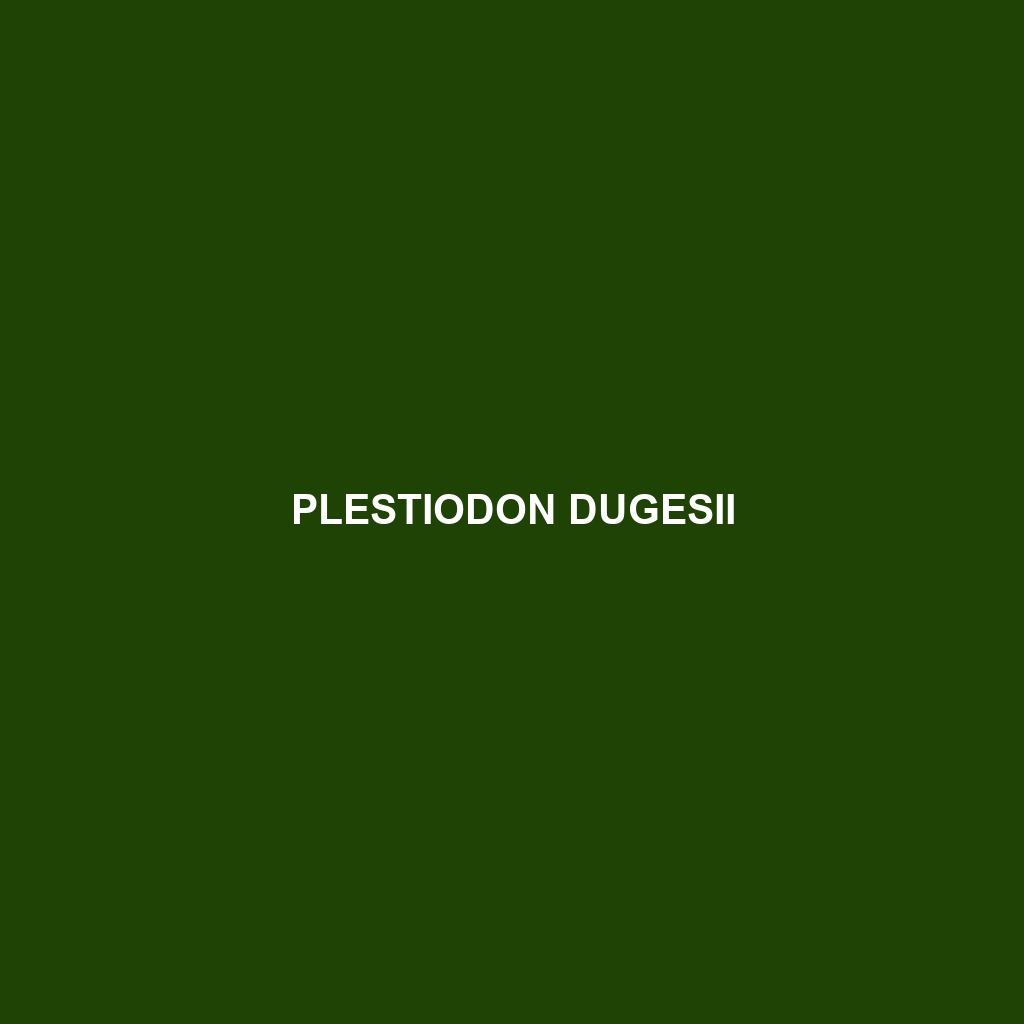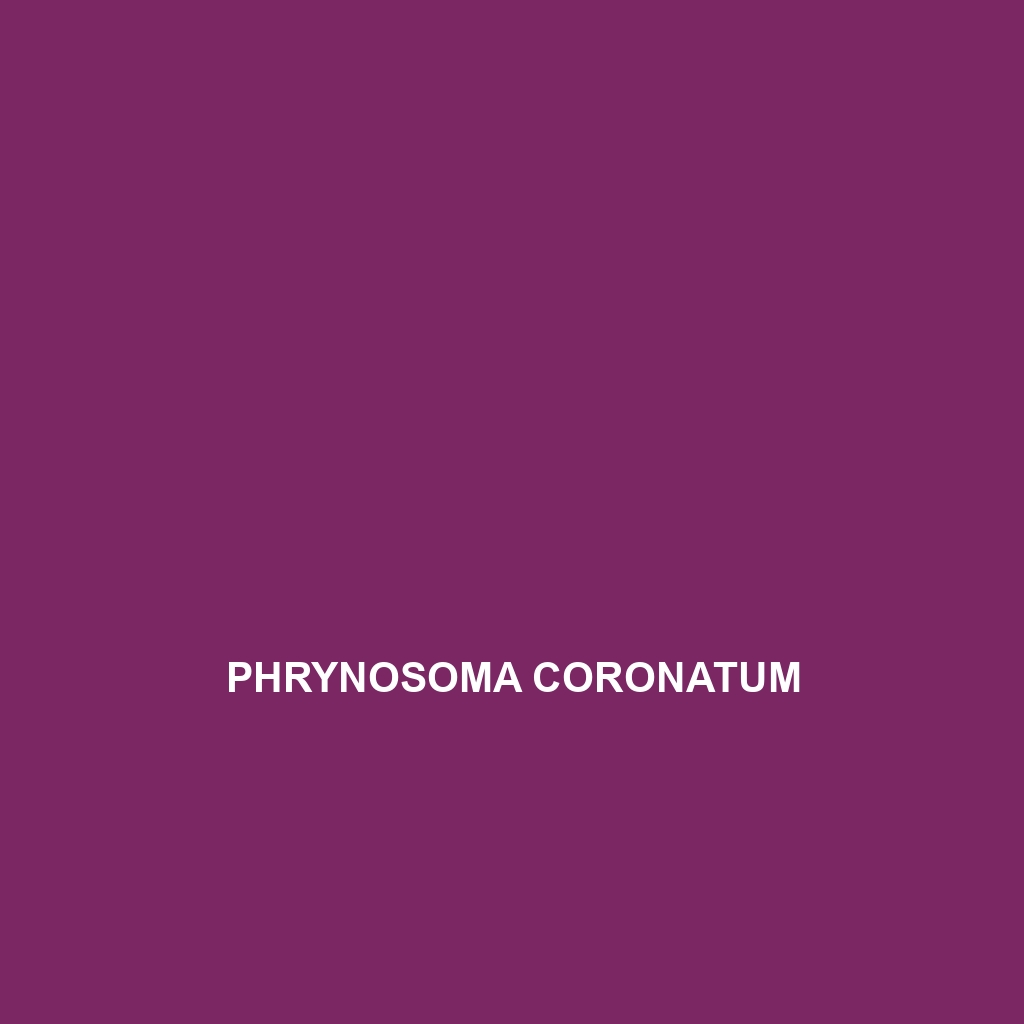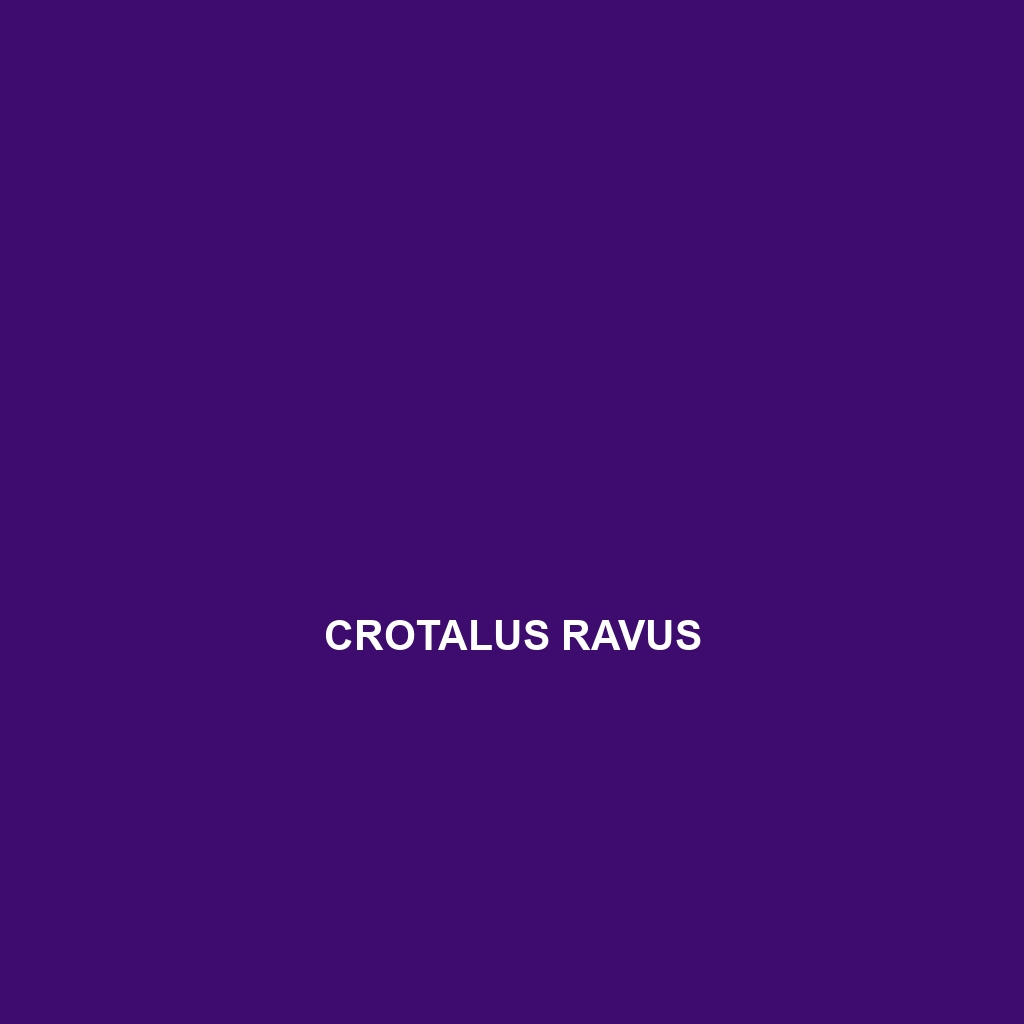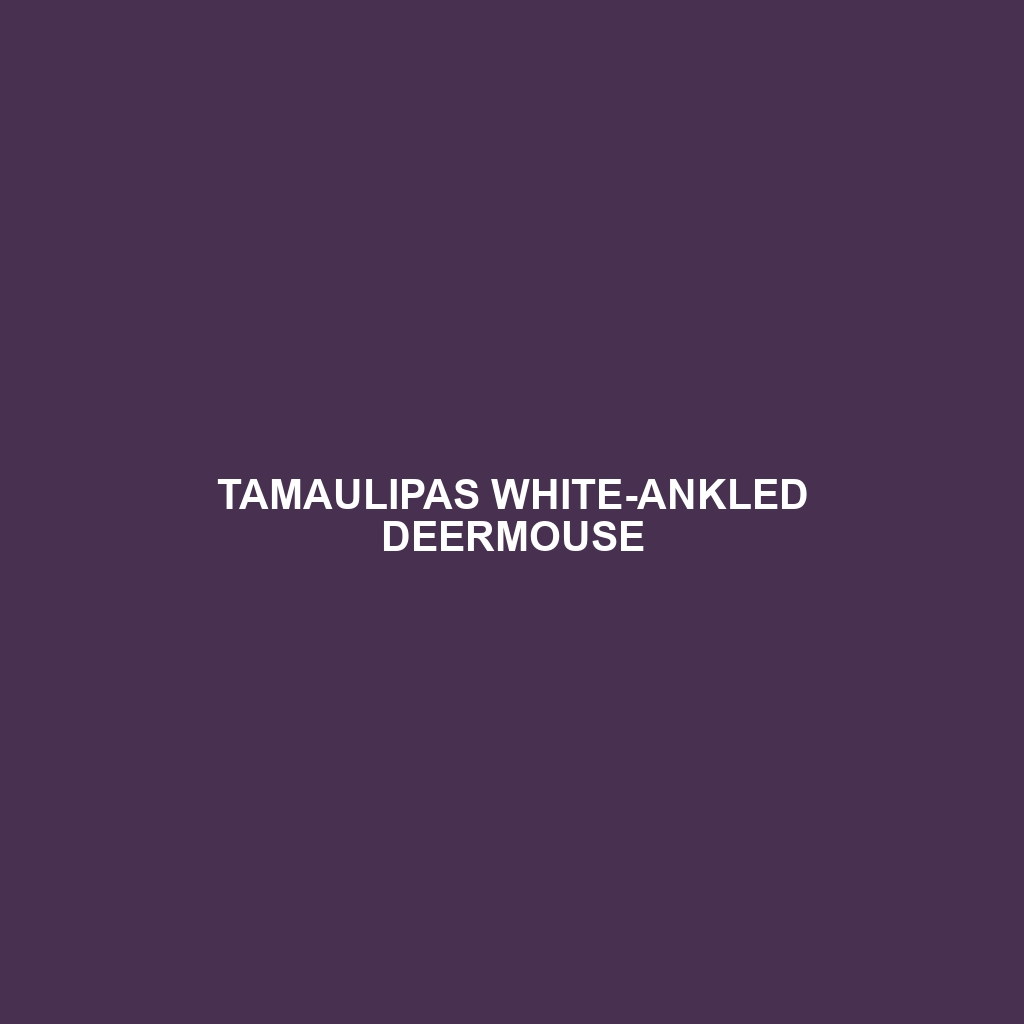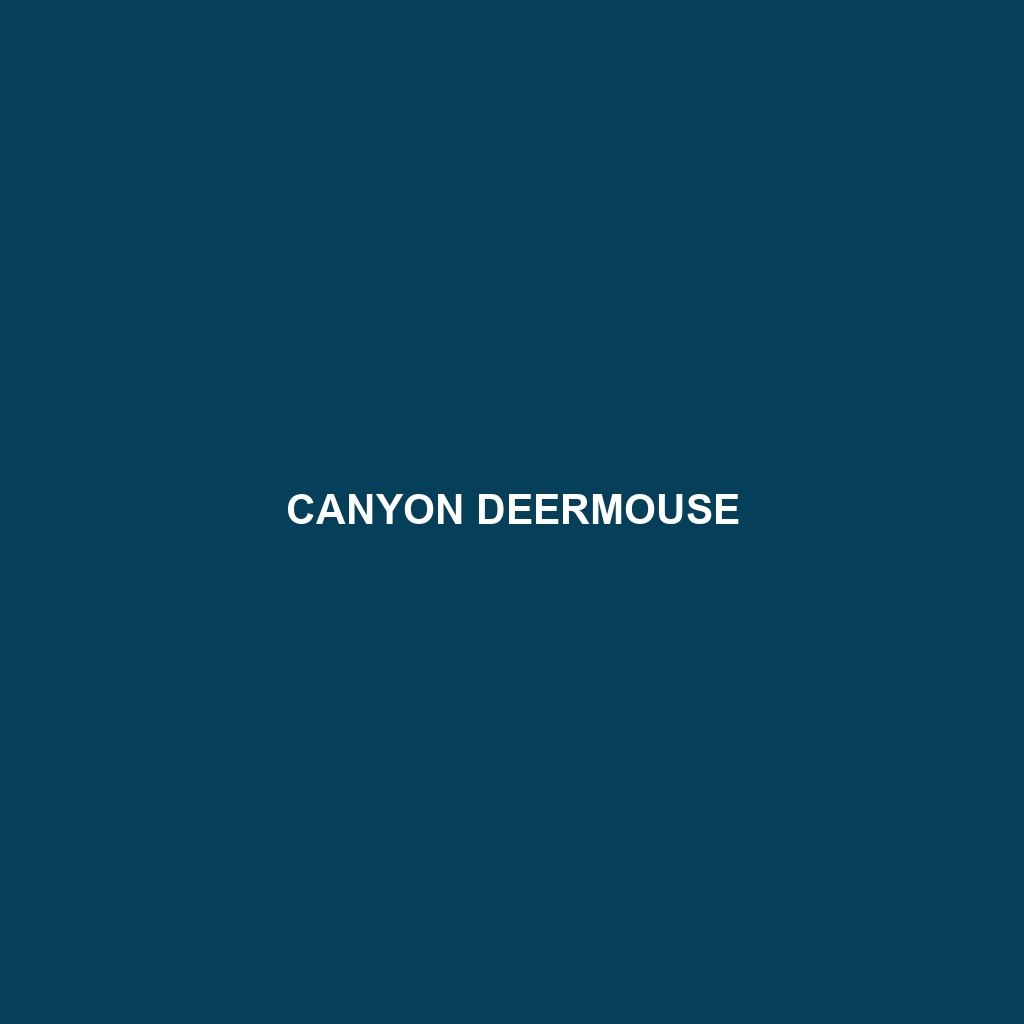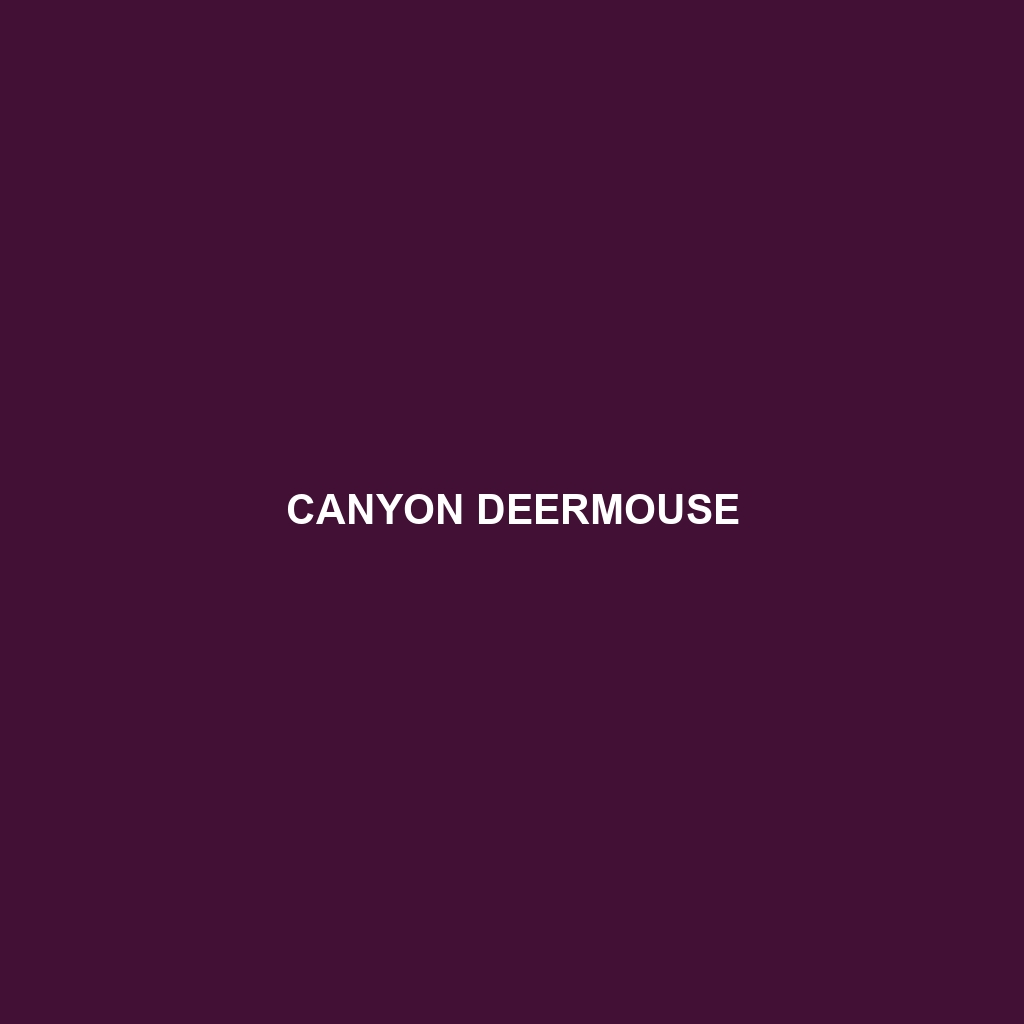<p><b>Plestiodon dugesii</b>, known as Duges' skink, is a striking lizard found in northern Mexico and the southwestern United States, characterized by its elongated body, vibrant dorsal stripes, and diurnal behavior. This adaptable species thrives in various habitats, primarily feeding on insects and playing a crucial role in its ecosystem as both predator and prey.</p>
Tag: southwestern US wildlife
Phrynosoma coronatum
Discover the <b>round-tailed horned lizard</b> (<i>Phrynosoma coronatum</i>), a fascinating insectivore native to the arid and semi-arid regions of the southwestern United States and northern Mexico. With distinctive "horns" above its eyes and a unique ability to camouflage, this resilient lizard plays a vital role in its ecosystem by controlling insect populations.
Phrynosoma braconnieri
<b>Braconnier’s Horned Lizard</b> (<i>Phrynosoma braconnieri</i>) is a small, desert-dwelling lizard, measuring 3 to 5 inches, recognized for its distinctive horn-like projections and exceptional camouflage. Found in arid regions of the southwestern U.S. and parts of Northern Mexico, it plays a vital ecological role by controlling insect populations and serving as prey for larger predators.
Crotaphytus vestigium
Discover the Crotaphytus vestigium, also known as the Western Collared Lizard, a vibrant, agile reptile native to the arid regions of the southwestern United States and northern Mexico. With striking colors and unique behavioral traits, this species plays a crucial role in its ecosystem as an opportunistic carnivore and a key predator.</p>
Crotalus ravus
Discover the intriguing Crotalus ravus, or rattlesnake, native to the southwestern U.S. and Mexico, characterized by its distinctive pattern and impressive length of 24 to 60 inches. This nocturnal predator plays a crucial role in its ecosystem, primarily feeding on small mammals and showcasing fascinating sensory adaptations.
Crotalus mitchellii
Experience the fascinating Crotalus mitchellii, or Mojave rattlesnake, found in the arid landscapes of the southwestern United States. This striking reptile features a robust body, a distinctive rattle, and plays an essential role in controlling rodent populations while adapting expertly to extreme desert conditions.
Canyon Deermouse
Discover the fascinating world of the **Canyon Deermouse** (*Peromyscus crinitus*), a small yet resilient rodent native to the arid landscapes of the southwestern United States. Known for their agility and distinctive large ears, these nocturnal creatures thrive in rocky canyons and scrubland, playing a vital role as both prey and seed dispersers in their ecosystem. Learn more about their habitat, behavior, and conservation status in our comprehensive species description.
Canyon Deermouse
Discover the fascinating world of the **Canyon Deermouse** (*Peromyscus crinitus*), a small yet resilient rodent native to the arid landscapes of the southwestern United States. Known for their agility and distinctive large ears, these nocturnal creatures thrive in rocky canyons and scrubland, playing a vital role as both prey and seed dispersers in their ecosystem. Learn more about their habitat, behavior, and conservation status in our comprehensive species description.
Canyon Deermouse
Discover the fascinating world of the **Canyon Deermouse** (*Peromyscus crinitus*), a small yet resilient rodent native to the arid landscapes of the southwestern United States. Known for their agility and distinctive large ears, these nocturnal creatures thrive in rocky canyons and scrubland, playing a vital role as both prey and seed dispersers in their ecosystem. Learn more about their habitat, behavior, and conservation status in our comprehensive species description.
